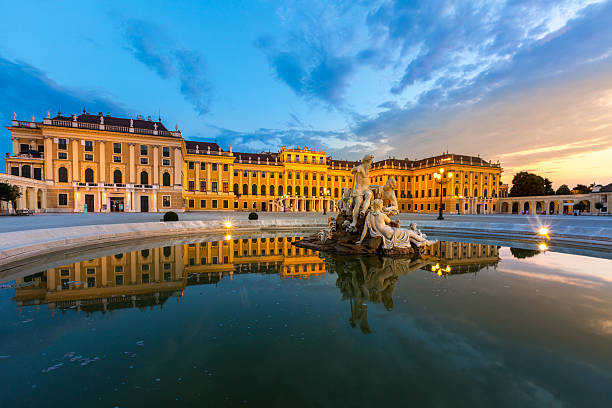Austria is a country that effortlessly blends natural beauty with rich cultural heritage. From imperial palaces and historic city centers to breathtaking alpine landscapes, Austria is home to some of the world’s most remarkable UNESCO World Heritage Sites. These sites are not only a testament to the country’s storied past but also a source of pride for Austrians and a must-see for travelers.
In this guide, we’ll take you on a journey through Austria’s UNESCO World Heritage Sites. Whether you’re a history buff, a nature lover, or simply curious about these iconic landmarks, this article will inspire you to explore Austria’s most treasured places.
Historic Center of Vienna
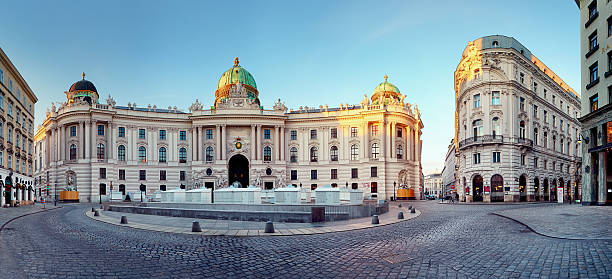
Vienna, Austria’s capital, is a city steeped in history and culture. Its historic center, a UNESCO World Heritage Site since 2001, is a treasure trove of architectural masterpieces and cultural landmarks.
Highlights
- St. Stephen’s Cathedral: A Gothic masterpiece and Vienna’s most iconic landmark.
- Hofburg Palace: The former imperial residence of the Habsburgs, now home to museums and the Spanish Riding School.
- Schönbrunn Palace: A stunning baroque palace with sprawling gardens and a rich history.
- Vienna State Opera: One of the world’s most renowned opera houses.
Pro Tip: Take a guided walking tour to fully appreciate the history and architecture of Vienna’s historic center.
Hallstatt-Dachstein/Salzkammergut Cultural Landscape

The picturesque village of Hallstatt and the surrounding Dachstein Mountains are a UNESCO World Heritage Site that showcases the harmony between humans and nature.
Highlights
- Hallstatt Village: Known for its charming houses, serene lake, and salt mining history.
- Dachstein Ice Cave: A natural wonder featuring stunning ice formations.
- Salt Mines: Explore the world’s oldest salt mine, which dates back over 7,000 years.
Pro Tip: Visit early in the morning or late in the evening to avoid crowds and capture the village’s magical beauty.
Wachau Cultural Landscape
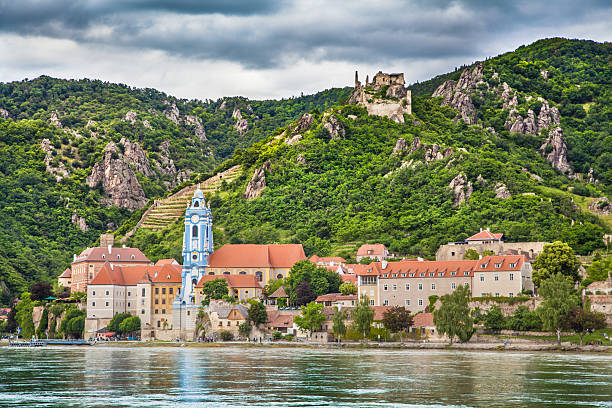
The Wachau Valley, a stretch of the Danube River between Melk and Krems, is a UNESCO World Heritage Site renowned for its scenic beauty and cultural significance.
Highlights
- Melk Abbey: A baroque masterpiece perched on a hill overlooking the Danube.
- Dürnstein: A charming town with a historic castle and vineyards.
- Wine Tasting: Sample the region’s famous Grüner Veltliner and Riesling wines.
Pro Tip: Take a bike tour along the Danube to explore the valley at your own pace.
Historic Center of Salzburg
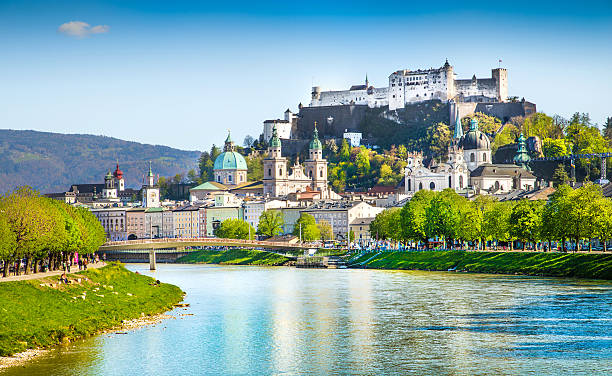
Salzburg, the birthplace of Mozart and the setting for The Sound of Music, is a UNESCO World Heritage Site that captivates visitors with its baroque architecture and musical heritage.
Highlights
- Hohensalzburg Fortress: One of the largest medieval castles in Europe.
- Mirabell Palace and Gardens: A stunning baroque garden featured in The Sound of Music.
- Getreidegasse: A charming shopping street with historic wrought-iron signs.
Pro Tip: Attend a concert or opera to experience Salzburg’s musical legacy firsthand.
Semmering Railway

The Semmering Railway, a marvel of 19th-century engineering, is a UNESCO World Heritage Site that winds through the stunning Semmering Pass.
Highlights
- Scenic Train Ride: Enjoy breathtaking views of the Alps and viaducts.
- Hiking Trails: Explore the surrounding mountains and valleys.
Pro Tip: Take the train from Vienna to Graz for a memorable journey through the Semmering Pass.
Prehistoric Pile Dwellings around the Alps
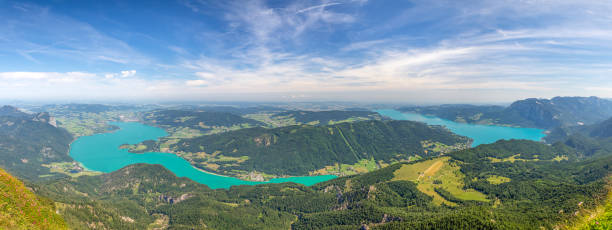
This transnational UNESCO World Heritage Site includes several locations in Austria where prehistoric pile dwellings have been discovered.
Highlights
- Lake Attersee and Lake Mondsee: Explore the remains of ancient settlements.
Pro Tip: Visit the local museums to learn more about the prehistoric inhabitants of the region.
Fertö/Neusiedlersee Cultural Landscape
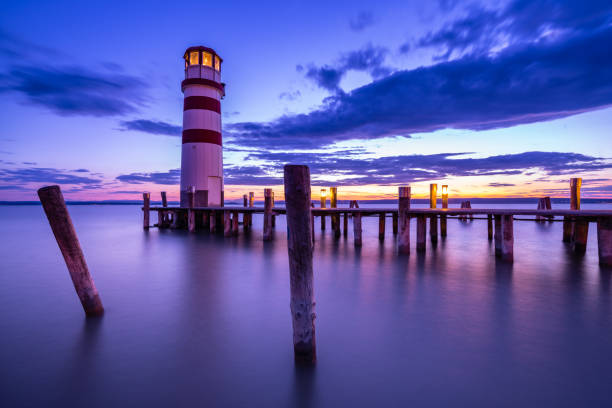
This shared UNESCO World Heritage Site with Hungary is centered around Lake Neusiedl, a unique steppe lake that straddles the border between the two countries.
Highlights
- Lake Neusiedl: Perfect for birdwatching, sailing, and cycling.
- Rust: A charming town known for its stork nests and wine production.
Pro Tip: Visit in autumn for the wine harvest and stunning fall foliage.
Ancient and Primeval Beech Forests of the Carpathians and Other Regions of Europe
Austria’s Dürrenstein Wilderness Area is part of this transnational UNESCO World Heritage Site, which protects ancient beech forests.
Highlights
- Hiking Trails: Explore the pristine forests and diverse wildlife.
Pro Tip: Visit in spring or summer for the best hiking conditions.
Conclusion
Austria’s UNESCO World Heritage Sites are a testament to the country’s rich history, cultural heritage, and natural beauty. From the imperial grandeur of Vienna to the alpine charm of Hallstatt and the scenic beauty of the Wachau Valley, these sites offer something for every traveler.
So, what are you waiting for? Start planning your journey to Austria’s UNESCO World Heritage Sites and discover the magic of this incredible country.

